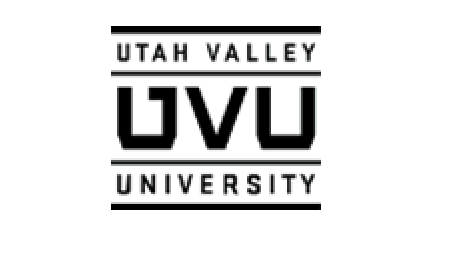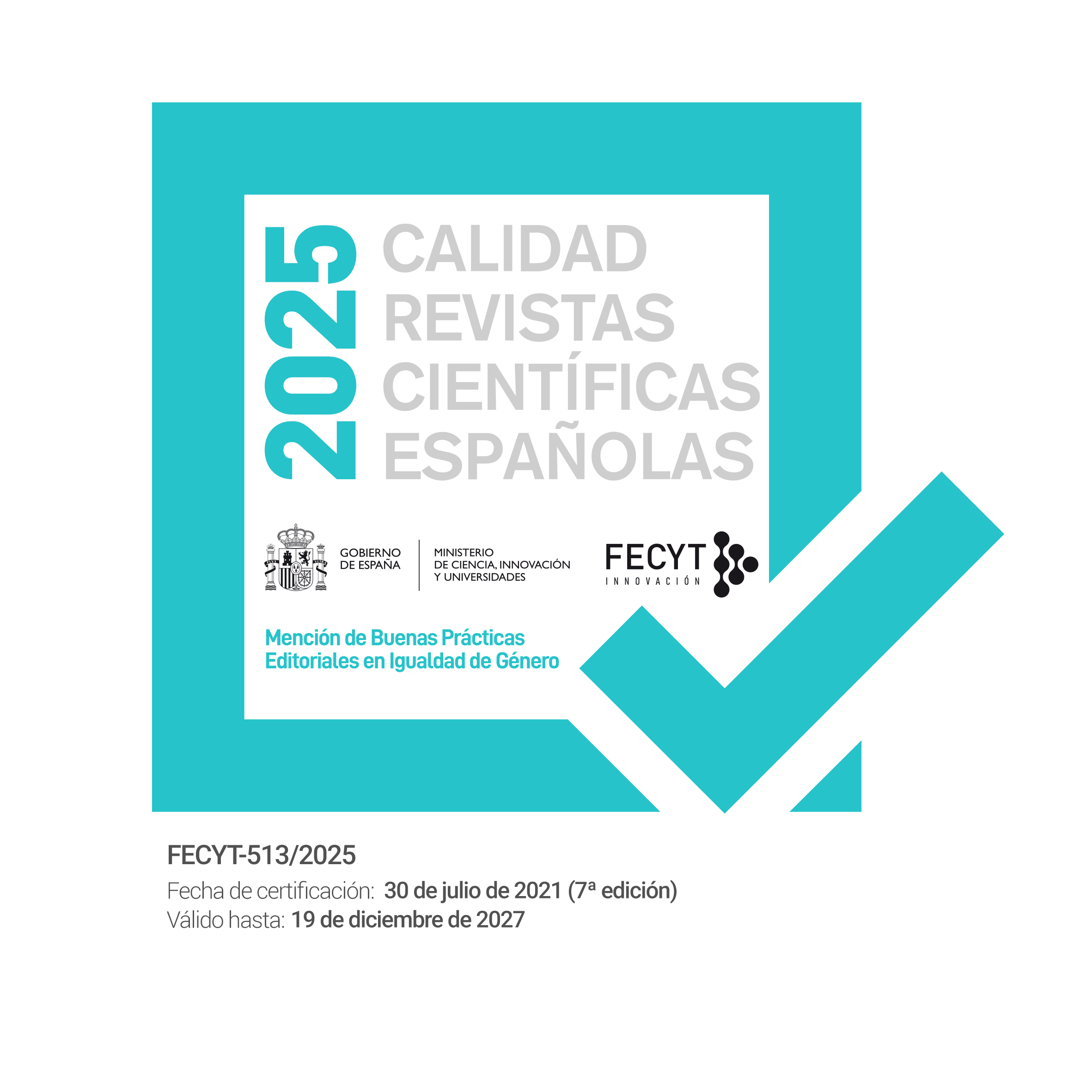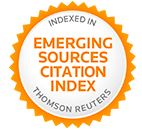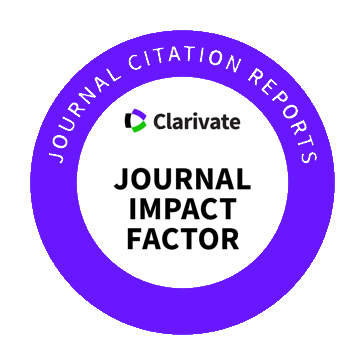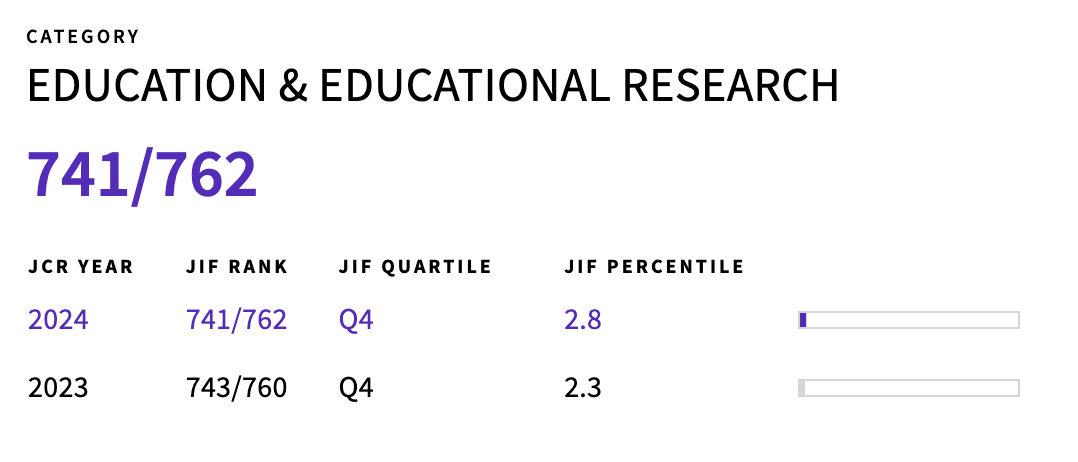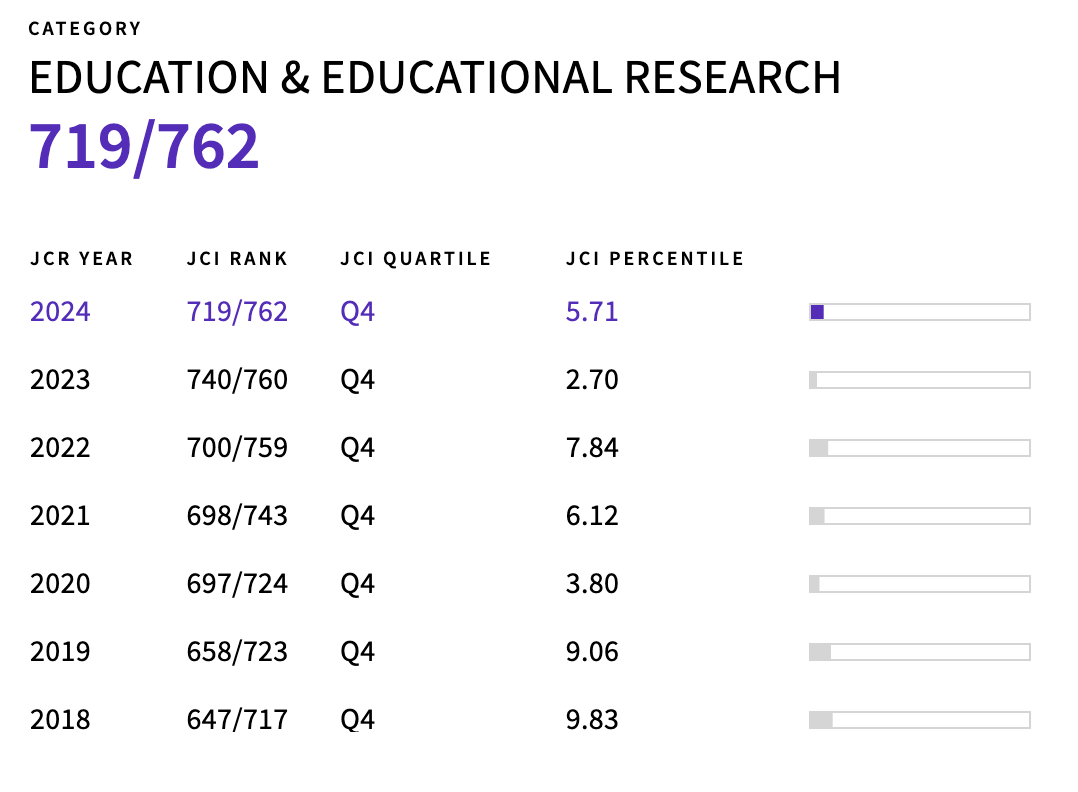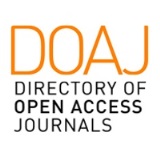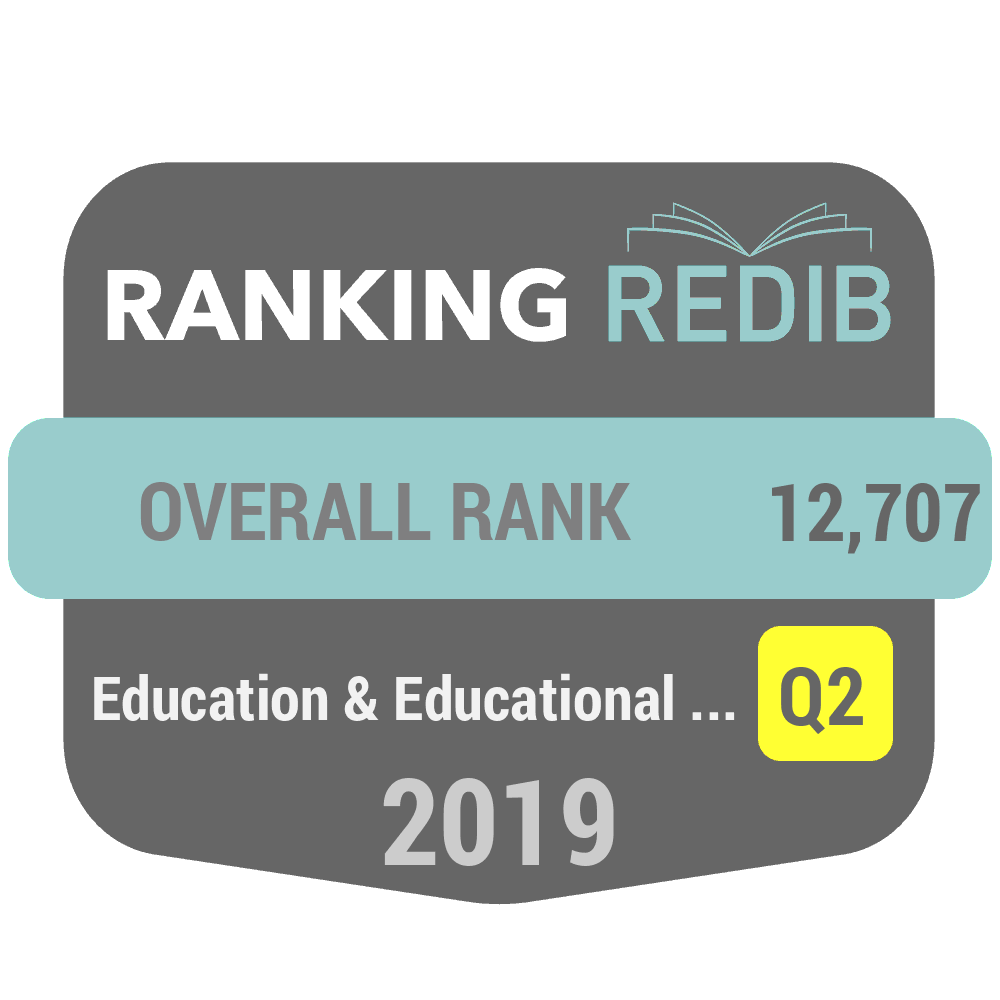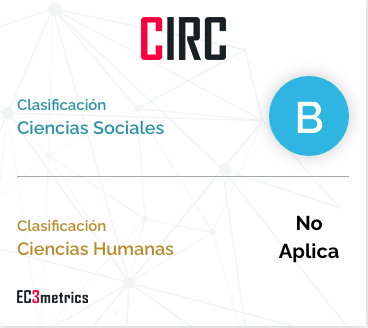Policy before research in bilingual education in Spain: teacher perceptions in STEAM classrooms
DOI:
https://doi.org/10.55777/rea.v17i33.5991Palabras clave:
Políticas Educativas, Enseñanza Bilingüe, Formación de Profesorado, Percepciones del profesorado, STEAMResumen
The last two decades have seen the implementation of numerous different bilingual programmes across Spain. This has resulted in many children having free access to bilingual education in the country for the first time. However, the reduced time frame has resulted in policy and implementation far outreaching results-based research. This has direct implications on the quality of educational programmes. Currently there is no legislation that stipulates specific training in bilingual methodologies, despite significant bodies of research pointing to the need for training in Content and Language Integrated Learning (CLIL). Furthermore, STEAM subjects are commonly included in these bilingual programmes through primary and secondary education and are therefore disproportionally affected. In this context, this study aims to determine the perceptions of bilingual teachers towards their training, preparation, and praxis in a bilingual programme. Data collection took place over five years, in a bilingual primary school in Madrid, through two validated questionnaires. Results are in line with existing literature and indicate a need for improved training in methodology. All teachers agreed there was an additional workload and that the use of CLIL methodologies in class had helped their pupils learn more effectively.
Descargas
Citas
Antropova, S., Poveda Garcia-Noblejas, B., & Carrasco Polaino, R. (2021). Teachers’ Efficiency of CLIL implementation to Reach Bilingualism in Primary Education. Revista De Estilos De Aprendizaje, 14(27), 6–19. https://doi.org/10.55777/rea.v14i27.2822
Asociación Enseñanza Bilingüe (September 2021), Manifiesto de la Asociación Enseñanza Bilingüe. https://www.ebspain.es/index.php/blog/446-manifiesto-eb
Bárcena-Toyos, P. (2020). Teachers’ classroom practices to achieve integration of content and language in CLIL. NABE Journal of Research and Practice, 10(3-4), 94-106.
Bárcena-Toyos, P. (2022). Teacher identity in CLIL: A case study of two in-service teachers. LACLIL, 15(1), e1516, https://doi.org/10.5294/laclil.2022.15.1.6
BOCM (2010) Orden 5958/2010, de 7 de diciembre, de la Consejería de Educación, por la que se regulan los colegios públicos bilingües de la Comunidad de Madrid. http://www.madrid.org/wleg_pub/servlet/Servidor?opcion=VerHtml&nmnorma=7014
BOCM, (2017). Orden 972/2017, de 7 de abril, de la Consejería de Educación, Juventud y Deporte, por la que se regulan los institutos bilingües español-inglés de la Comunidad de Madrid. B.O.C.M. [Boletín Oficial de la Comunidad de Madrid], de 27 de abril de 2017. Núm. 99. http://w3.bocm.es/boletin/CM_Orden_BOCM/2017/04/27/BOCM-20170427-11.PDF
BOJA, (2005). Acuerdo de 22 de marzo de 2005, del Consejo de Gobierno, por el que se aprueba el Plan de Fomento del Plurilingüismo en Andalucía. BOJA [Boletín Oficial de la Junta de Andalucía] de 05 de abril de 2005. Núm. 65 https://www.juntadeandalucia.es/boja/2005/65/5
Castillo-Rodríguez, C., & Prat Fernández, B. (2022). Cooperative learning in the CLIL classroom: Challenges perceived by teachers and recommendations for Primary Education. Educatio Siglo XXI, 40(1), 79-106. https://doi.org/10.6018/educatio.433411
Cohen, J. (1992). Statistical power analysis. Current directions in psychological science, 1(3), 98-101. https://doi.org/10.1111%2F1467-8721.ep10768783
Consejería de Educación, Universidades, Ciencia y Portavocía de la Comunidad de Madrid, (2021). Datos y Cifras de la Educación 2021-2022. Annual report in education in the CAM by Delegación del Gobierno de Bilingüismo y Calidad de la Enseñanza. https://www.comunidad.madrid/publicacion/ref/50489
Constitución Española. BOE [Boletín Oficial del Estado] núm. 311, de 29 de diciembre de 1978. https://www.boe.es/eli/es/c/1978/12/27/(1)
Custodio Espinar, M., & García Ramos, J. M. (2020). Medida de la competencia para programar AICLE y diagnóstico de las necesidades de formación docente. Bordón. Revista De Pedagogía, 72(1), 31–48. https://doi.org/10.13042/Bordon.2019.72250
Eurydice. (2006). Content and Language Integrated Learning (CLIL) at school in Europe. Published by the Eurydice European Unit with financial support from the European Commission. https://op.europa.eu/en/publication-detail/-/publication/756ebdaa-f694-44e4-8409-21eef02c9b9b
Fernández-Fernández, R., & Halbach, A. (2011). Analysing the situation of teachers in the CAM bilingual project after four years of implementation. Content and Foreign Language Instructed Learning. Contributions to Multilingualism in European Contexts. Peter Lang.
Halbach, A. (2015). Una reflexión oportuna: la formación inicial del profesorado en CLIL. En Formación inicial para profesores de programas bilingües en inglés: políticas, prácticas y recomendaciones pp. 17-20. UAH/British Council.
Hernando Garijo, A., Hortigüela Alcalá, D., & Pérez Pueyo, Á., (2018). Percepción de coordinadores de programas bilingües y docentes de Educación Física en inglés en secundaria sobre el proceso de implantación y desarrollo del bilingüismo en la Comunidad de Castilla y León. Retos: nuevas tendencias en educación física, deporte y recreación, (33), 63-68. https://dialnet.unirioja.es/servlet/articulo?codigo=6367727
Laorden, C., & Peñafiel, E. (2010). Proyectos bilingües en los centros de la Comunidad de Madrid: Percepción de los directivos. Revista de Investigación Educativa, 28(2), 325-326.
Ley Orgánica 1/1990, de 3 de octubre, de Ordenación General del Sistema Educativo (LOGSE). Disposición derogada. Boletín Oficial del Estado (BOE) 238 de 4 de octubre de 1190 https://www.boe.es/eli/es/lo/1990/10/03/1
Ley Orgánica 10/2002, de 23 de diciembre, de Calidad de la Educación (LOCE) [Repealed]. Boletín Oficial del Estado (BOE), 307. https://www.boe.es/boe/dias/2002/12/24/pdfs/A45188-45220.pdf
Ley Orgánica 2/2006, de 3 de mayo, de Educación (LOE), (2006, 4th May). Boletín Oficial del Estado (BOE), 106 de 4 de mayo de 2005. https://www.boe.es/eli/es/lo/2006/05/03/2/con
Ley Orgánica, 8/2013, de 9 de diciembre, para la Mejora de la Calidad Educativa (LOMCE), (2013, 10th December). [Repealed] Boletín Oficial del Estado (BOE), 295, de 10 de diciembre de 2013. https://www.boe.es/eli/es/lo/2013/12/09/8
Ley Orgánica 3/2020, de 29 de diciembre, por la que se modifica la Ley Orgánica 2/2006, de 3 de mayo, de Educación (LOMLOE), (2020, 30th December). Boletín Oficial del Estado (BOE), 340 de 30 de diciembre de 2020. https://www.boe.es/eli/es/lo/2020/12/29/3
Ministerio de Educación & The British Council, Spain (2010). Bilingual Education Project. Evaluation report. Joint report by Instituto de Formación del Profesorado, Investigación e Innovación Educativa (IFIIE) and The British Council, Spain. Evaluation by Dobson, A., Pérez Murillo, M.D., & Johnstone, R. https://www.britishcouncil.es/sites/default/files/bilingual-education-project-spain-evaluation-report-en.pdf
Ministerio de Educación y Formación Profesional, (2021). [Government website related to content on the Programa Educativo Bilingüe-PEB]. https://www.educacionyfp.gob.es/mc/british-council/programa.html
Mortimore, L. (2019). Effective learning in the bilingual Natural Science Primary classroom. A case study. Nuevas técnicas docentes, 313-328. Pirámide.
Pérez Cañado, M.L. (2016). Evaluating CLIL programmes: Instrument design and validation. Pulso. Revista de Educación 39, 79-112. http://hdl.handle.net/10017/28338
Pérez Cañado, M.L. (2017). CLIL teacher education: Where do we stand and where do we need to go. Bilingual Education: Educational Trends and Key Concepts/Educación Bilingüe: Tendencias Educativas y Conceptos Clave, 129-144. https://sede.educacion.gob.es/publiventa/descarga.action?f_codigo_agc=18722
Porto Currás, M., Lova Mellado, M., & Bolarín Martínez, M. J. (2019). Formación del profesorado de Programas Bilingües en centros de Educación Primaria en la Región de Murcia. Revista de investigación en educación, (2) 69-85. https://dialnet.unirioja.es/servlet/oaiart?codigo=7284990
Salvador García, C., & Chiva Bartoll, Ò. (2017). CLIL in teaching physical education: Views of the teachers in the Spanish context. Journal of Physical Education and Sport, 17(3), 1130-1138. https://doi.org/10.7752/jpes.2017.03174
Sánchez-Verdejo Pérez, F. J. (2021). Evolución de la enseñanza bilingüe en etapas previas a la universidad en Castilla-La Mancha. Revista De Estilos De Aprendizaje, 14(27), 20–32. https://doi.org/10.55777/rea.v14i27.2734
Sanz Trigueros, F. J., & Guillén Díaz, C. (2021). Adaptación y desarrollo profesional docente de los especialistas de la enseñanza bilingüe. Revista Fuentes, 23(1), 27-40. https://doi.org/10.12795/revistafuentes.2021.v23.i1.11572
Zollman, A. (2012). Learning for STEM literacy: STEM literacy for learning. School Science and Mathematics, 112(1), 12-19.
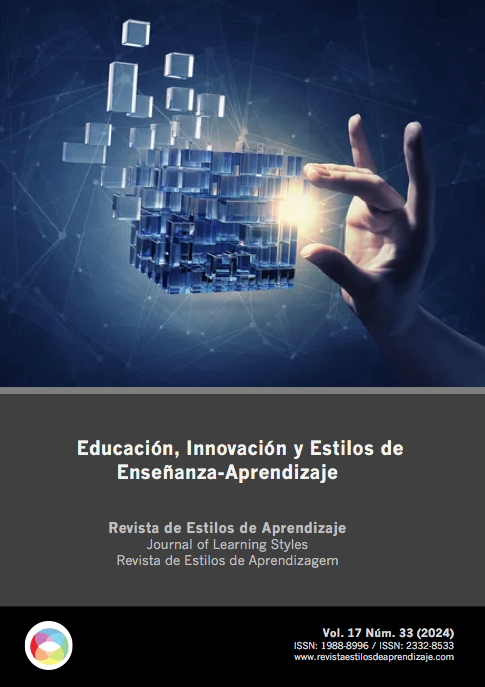
Descargas
Publicado
Cómo citar
Número
Sección
Licencia
Con el envío del original, el/los autor/es declaran que conocen y aceptan, en su totalidad, la política de privacidad así como los derechos de autor de la Revista de Estilos de Aprendizaje.
La Revista Estilos de Aprendizaje ofrece acceso libre y abierto a su contenido de forma totalmente gratuita con el fin de hacer llegar la investigación científica a sus lectores y sociedad en general. Todos los contenidos digitales son de acceso libre y gratuito y se publican bajo licencia de Creative Commons:

La cesión de derechos se realiza bajo la licencia Creative Commons Reconocimiento-NoComercial-SinObraDerivada 4.0 Internacional (CC-BY-NC-ND 4.0)
Bajo esta licencia, está permitida la reproducción y difusión de los contenidos de la revista con fines educativos, sociales y de transmisión de conocimiento, sin ánimo de lucro y siempre que no se modifiquen, se cite la procedencia y la autoría.
La licencia a la que se acoge la Revista de Estilos de Aprendizaje permite copiar y distribuir los contenidos de la revista, siempre que se reconozca la autoría de la obra, especificando correctamente el autor y la entidad editora. No se puede utilizar la obra para fines comerciales y tampoco se puede alterar, transformar o generar una obra derivada a partir de esta obra.
La Revista de Estilos de Aprendizaje es una revista de acceso abierto. La publicación de artículos o reseñas en la Revista no da derecho a remuneración alguna. Así mismo, tanto para los autores como los lectores, la revista es gratuita Creative Commons Reconocimiento-NoComercial-SinObraDerivada 4.0 Internacional (CC-BY-NC-ND 4.0).
Desde la Revista de Estilos de Aprendizaje se invita al/los autor/autores a ampliar la visibilidad y el alcance de sus artículos publicados mediante la redifusión de los mismos en:
- Espacios web y redes personales, así como en encuentros y foros científicos.
- Archivos abiertos institucionales en Universidades, repositorios educativos y Centros de Investigación.
- Redes académicas y científicas (Researchgate, Academia.edu, Plubons, etc.).
Se requiere que en todos estos espacios y publicaciones se incluyan todos los datos bibliográficos de la publicación.


